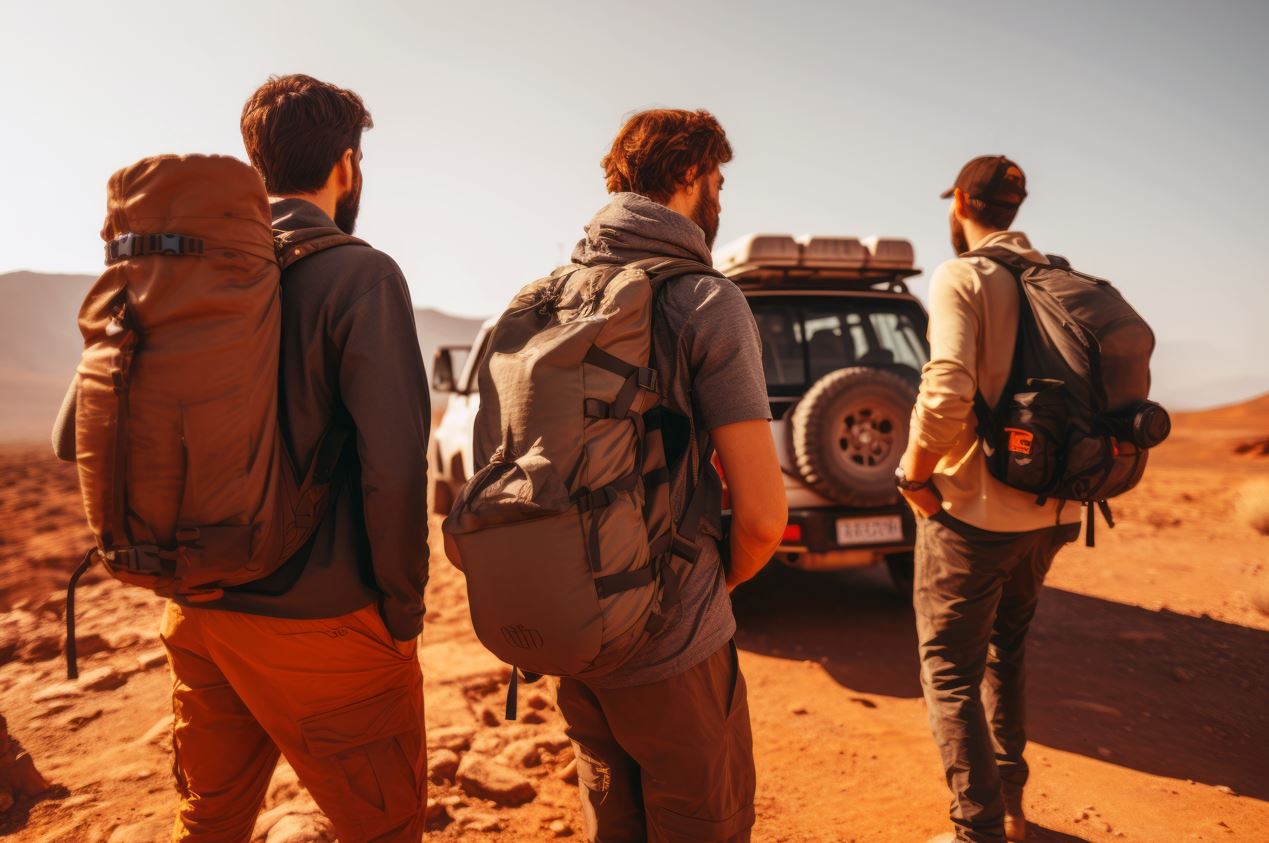How to Overcome Altitude Sickness
Introduction
Imagine you’re hiking up a stunning mountain trail, perhaps in the Atlas Mountains, the scenery around you is breathtaking, and everything seems perfect—until you start feeling dizzy and nauseous. This is a common experience for many adventurers and travelers, often caused by altitude sickness. Understanding how to overcome altitude sickness can make your high-altitude adventures, including Atlas Mountain trekking, safer and more enjoyable. This comprehensive guide will cover everything you need to know about preventing and managing altitude sickness.
What is Altitude Sickness?
Altitude sickness, also known as acute mountain sickness (AMS), occurs when you cannot get enough oxygen from the air at high altitudes. As you ascend, the air pressure drops, and less oxygen is available, making it harder for your body to function properly. Symptoms can range from mild to severe and can affect anyone, regardless of age or physical condition.
Common Symptoms of Altitude Sickness
Recognizing the symptoms of altitude sickness early is crucial for effective treatment. Some of the most common symptoms include:
- Headache: Often the first sign of altitude sickness.
- Nausea and Vomiting: Feeling sick to your stomach and actually vomiting.
- Dizziness: Light-headedness and balance issues.
- Fatigue: Unusual tiredness and lack of energy.
- Shortness of Breath: Difficulty breathing, even when resting.
- Loss of Appetite: Not feeling hungry or having difficulty eating.
Preparing for High Altitudes
Preparation is key to preventing altitude sickness. Here are some steps you can take before your trip to help your body acclimate:
Gradual Ascent
One of the best ways to avoid altitude sickness is to ascend gradually. If possible, plan your trip so that you can increase your altitude slowly, allowing your body to adjust. Avoid flying directly to high-altitude destinations if you can, and instead, take a few days to acclimate by staying at intermediate elevations.
Hydration
Staying well-hydrated is essential. Drink plenty of water before and during your ascent. Avoid alcohol and caffeine, as they can dehydrate you and exacerbate symptoms.
Physical Conditioning
Being in good physical shape can help your body handle the stress of high altitudes. Regular exercise, especially aerobic activities, can improve your overall fitness and lung capacity.
Medication
Certain medications can help prevent altitude sickness. Acetazolamide (Diamox) is commonly prescribed to help your body acclimate more quickly. Talk to your doctor about whether this medication is right for you.
During Your Ascent
Once you’re on your way to higher elevations, these tips can help you manage the transition:
Take it Slow
Pace yourself and avoid overexertion. Walk slowly, take regular breaks, and listen to your body. If you feel any symptoms of altitude sickness, stop and rest.
Eat Light and Healthy
Consume light, high-carbohydrate meals that are easy to digest. Avoid heavy, fatty foods that can be harder to process at high altitudes.
Monitor Your Symptoms
Keep an eye on how you’re feeling and monitor your symptoms closely. If you start to feel unwell, take action immediately.
Treating Altitude Sickness
Despite your best efforts, you might still experience altitude sickness. Here are some steps to take if you do:
Descend Immediately
The most effective treatment for altitude sickness is to descend to a lower altitude as quickly as possible. Even a descent of a few hundred meters can make a significant difference.
Rest and Recuperate
Give your body time to rest and recover. Stay hydrated and eat nourishing foods. Avoid strenuous activity until you feel better.
Oxygen Therapy
In severe cases, supplemental oxygen can help alleviate symptoms. Portable oxygen tanks are available and can provide immediate relief.
Medication
If you have access to medication like acetazolamide, take it as directed. Pain relievers like ibuprofen or aspirin can help with headaches.
Acclimatization Tips
Acclimatization is the process of allowing your body to adjust to higher altitudes. Here are some additional tips to help you acclimate:
Climb High, Sleep Low
This old mountaineer’s adage means you should climb to a higher altitude during the day but return to a lower altitude to sleep. This helps your body adjust without overwhelming it.
Take Rest Days
Plan rest days into your itinerary, especially if you’re on a multi-day trek. These days allow your body to catch up and adjust to the new altitude.
Stay Warm
Cold weather can exacerbate symptoms of altitude sickness. Dress in layers and keep warm, especially at night.
High-Altitude Destinations to Be Cautious About
While altitude sickness can occur at any elevation above 2,500 meters (8,200 feet), some popular destinations are particularly known for their high altitudes. Be extra cautious when visiting places like:
- Mount Everest Base Camp: At an elevation of 5,364 meters (17,598 feet), it’s a common spot for altitude sickness.
- Machu Picchu: Although the site itself is at 2,430 meters (7,970 feet), many travelers fly into Cusco, which is at 3,400 meters (11,152 feet).
- Colorado’s Rocky Mountains: Many peaks exceed 4,000 meters (13,123 feet), making altitude sickness a common concern for hikers and skiers.
When to Seek Medical Attention
Altitude sickness can progress to more severe conditions like high-altitude cerebral edema (HACE) and high-altitude pulmonary edema (HAPE), both of which are medical emergencies. Seek immediate medical attention if you or someone you’re with experiences:
- Severe headache that doesn’t improve with medication.
- Persistent vomiting.
- Confusion or difficulty walking.
- Shortness of breath at rest.
Conclusion
High-altitude adventures can be incredibly rewarding, offering unparalleled views and experiences. However, altitude sickness is a serious condition that can quickly ruin a trip if not managed properly. By preparing in advance, ascending gradually, staying hydrated, and knowing how to treat symptoms, you can enjoy your high-altitude journeys safely. Always listen to your body, take necessary precautions, and don’t hesitate to seek medical help if needed. Remember, the mountains will always be there, but your health comes first.

